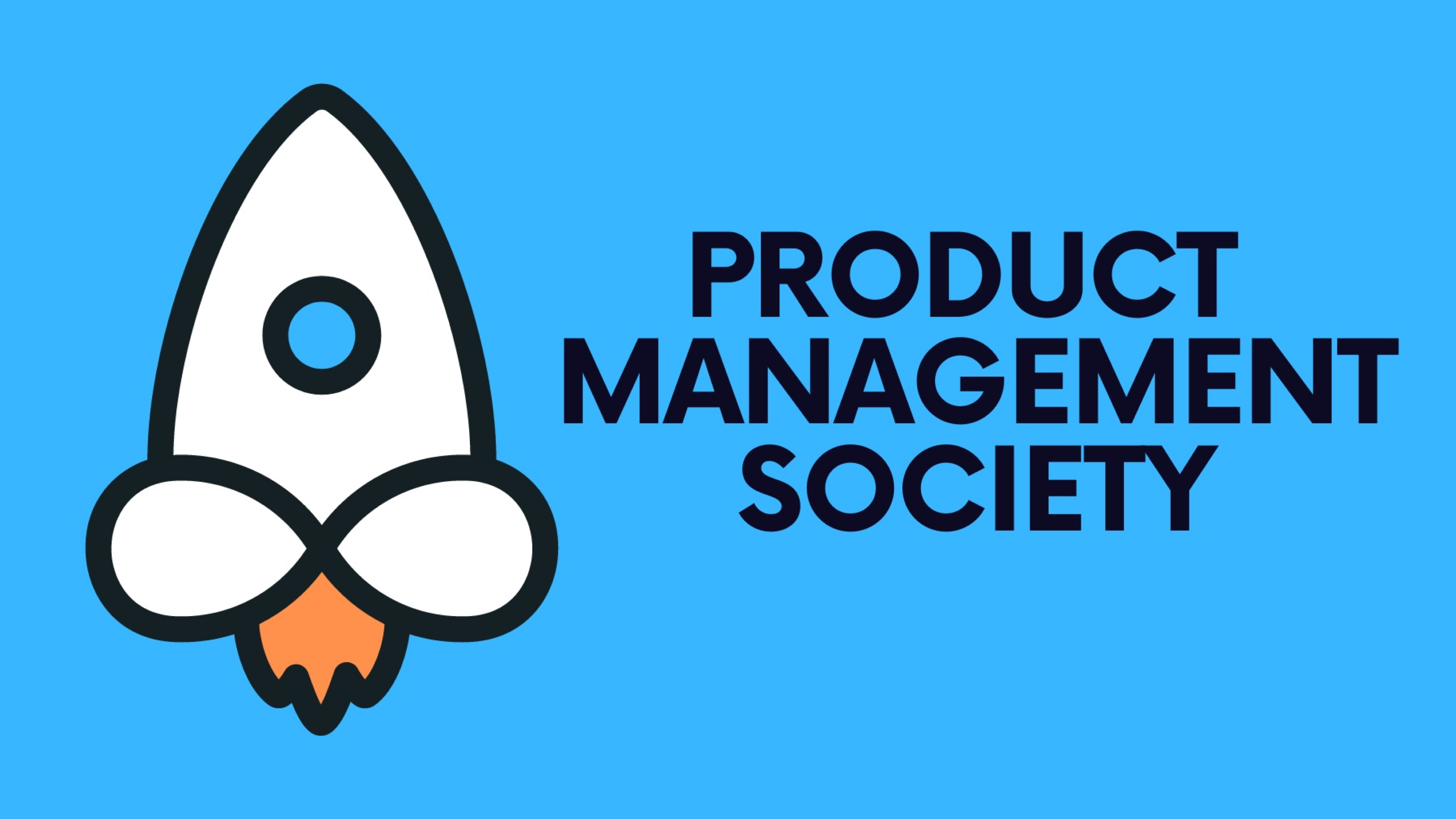In the agile development process, the roles of Product Manager and Scrum Master are both pivotal yet distinct. While a Product Manager focuses on the product's vision and market needs, a Scrum Master ensures that the Scrum process is followed effectively. However, with the overlapping skills required in both roles, it's worth exploring whether a Product Manager can also serve as a Scrum Master. This article examines the feasibility and potential benefits and drawbacks of combining these roles.
1. Understanding the Roles
Product Manager:
- The Product Manager is responsible for defining the vision, strategy, and roadmap of the product. They prioritize features, gather customer insights, and ensure that the development aligns with business goals and user needs.
Scrum Master:
- The Scrum Master facilitates Scrum practices, ensures team collaboration, removes impediments, and helps the team stay productive within the agile framework. Their primary focus is on process rather than product specifics.
2. Potential Benefits of Combining Roles
Enhanced Communication:
- Having a single individual in both roles could potentially streamline communication. Direct interactions with the development team and stakeholders can ensure that the vision and execution are perfectly aligned.
Increased Agility:
- A Product Manager with an intimate understanding of Scrum processes can quickly adapt product plans based on team feedback and sprint outcomes, potentially speeding up the development cycle.
Cost Efficiency:
- Smaller teams or startups with limited resources might benefit financially from one individual covering both roles, reducing overhead costs.
3. Challenges and Considerations
Conflict of Interest:
- The dual role could lead to conflicts of interest. The Product Manager's commitment to the product's success might compromise the Scrum Master's need to remain neutral and process-focused.
Overload and Burnout:
- Managing both roles requires handling strategic product decisions while also addressing daily team dynamics and blockers. This can lead to workload issues and burnout.
Dilution of Expertise:
- Excelling in both roles requires deep expertise in product management and agile methodologies, which can be challenging to maintain simultaneously.
4. Best Practices for Dual Roles
Clear Role Definitions:
- If one decides to take on both roles, it’s crucial to clearly define the responsibilities and boundaries of each role to the team and stakeholders.
Time Management:
- Effective time management and delegation are essential to handle the demands of both roles without compromising effectiveness.
Continuous Learning:
- Regularly updating both product management and Scrum Master skills through courses, certifications, and industry updates is vital to stay effective.
5. Conclusion
While it is possible for a Product Manager to also be a Scrum Master, the decision to combine these roles should be made with careful consideration of the individual’s capacity, team size, company culture, and specific project needs. For some, this dual role might enhance project cohesion and efficiency; for others, it could lead to role confusion and reduced effectiveness. Companies should evaluate their unique circumstances and possibly trial this setup before making a long-term commitment.
If you’re finding this blog valuable, consider sharing it with friends, or subscribing if you aren’t already. Also, consider coming to one of our Meetups and following us on LinkedIn ✨
Thanks for reading Product Management Society! Subscribe for free to receive new weekly posts 🚀







